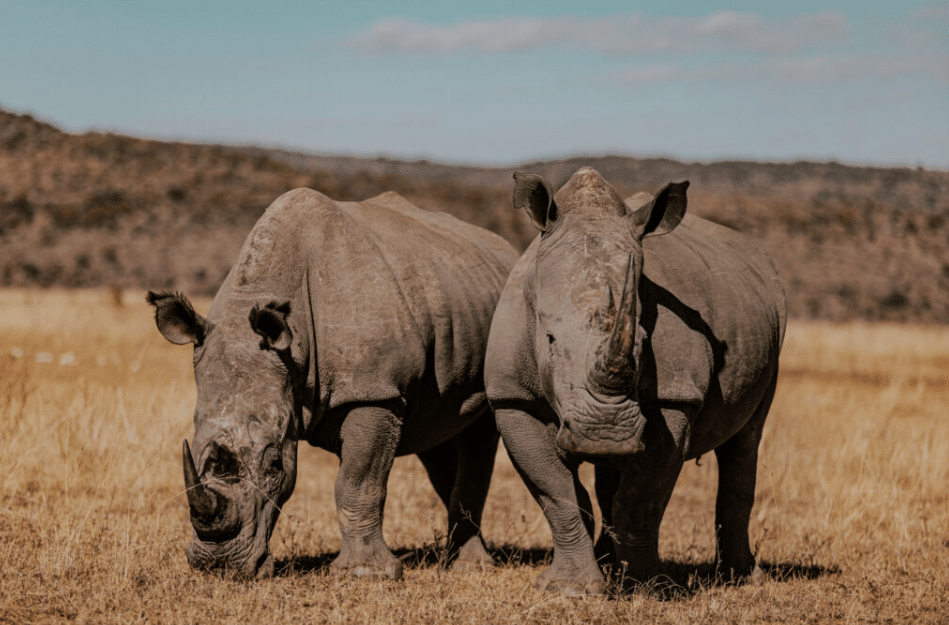
South Africa, known for its rich biodiversity and iconic wildlife, is now leading a cutting-edge initiative to protect endangered rhinos. To combat poaching, scientists at Wits University have introduced radioactive tracking inside rhino horns. This bold step, developed with international support, is expected to deter smuggling and expose illegal wildlife trade routes. As a result, conservationists hope it will reshape global efforts to preserve these majestic creatures.
Key Project Highlights
- The University of the Witwatersrand (Wits University) launched the Rhisotope Project.
- Scientists spent six years and invested around £220,000 ($290,000) on its development.
- A pilot study involving 20 rhinos confirmed the radioactive material doesn’t harm the animals.
- Now, officials can detect treated horns inside even the largest shipping containers, giving them a significant edge in border security.
Why This Matters
- South Africa holds the world’s largest population of rhinos.
- Unfortunately, it also faces the highest rate of rhino poaching globally.
- According to Save the Rhino, poachers have killed over 400 rhinos each year since 2021.
- Rhino horns often end up in Asian markets, where people misuse them in traditional medicine or treat them as luxury symbols.
Expert Opinions
- Prof. James Larkin, the project lead at Wits University, told the BBC:
“At least one rhino is still being poached every day. This could be a game-changer.” - Jamie Joseph, founder of Saving the Wild, added:
“It’s an innovative and much-needed step. However, stronger laws and political will are still essential.”
Technology and Global Reach
- Wits University collaborated with the International Atomic Energy Agency (IAEA) for this breakthrough.
- Customs agents across the world can use existing scanners to identify radioactive-treated horns.
- Project head Jessica Babich stated that full-scale deployment is the next milestone.
The Long-Term Vision
- The project aims to make rhino horn smuggling practically impossible.
- Authorities can trace smuggling routes and map international trafficking networks.
- In the long run, the plan is to protect both the critically endangered black rhino and the threatened white rhino.
“By using Rhisotope technology, we protect one of Africa’s most iconic and threatened animals while preserving our natural heritage,” said Jessica Babich.
